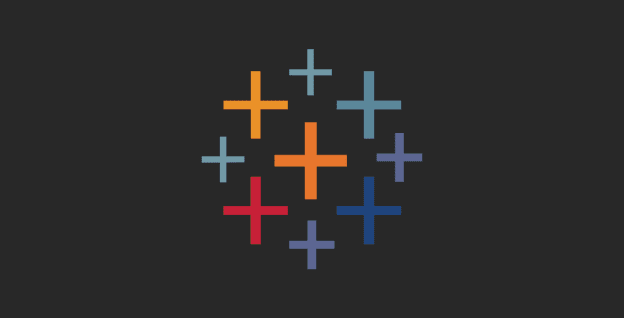16 hours of instruction
Using their own licensed version of Tableau, students will learn to manipulate data in Tableau and build visualizations using this dynamic, robust tool. By the end of this program, students will be able to build interactive data visualizations, aggregate and filter data, and create a data dashboard in Tableau. Learners will need to provide their own licensed version of Tableau to participate in this course.
OBJECTIVES
- Build data dashboards in Tableau
- Import and manipulate data in Tableau
- Visualize geospatial data in maps
PREREQUISITES
While there are no prerequisites for this course, it is best suited to attendees with some experience manipulating data and creating and interpreting data visualizations.
SYLLABUS & TOPICS COVERED
- Visual design best practices
- Introduce data visualization
- Discuss chart types by data
- Discuss chart types by form
- Highlight visual building blocks
- Introduce color theory and best practices
- Tableau feature overview
- Explain the different types of visualization
- Explain the need for Tableau and describe its features
- Describe how data sources are connected to Tableau
- Import data into Tableau
- Explore the Tableau platform layout
- Create basic visuals
- Aggregating and filtering data
- Introduce the concept of aggregating and grouping
- Create and use bins and groups
- Explore filtering capabilities of Tableau
- Refining visualizations with functions
- Discuss formatting options in Tableau
- Explain the concept of functions
- Implement basic functions on the dataset
- Introduction to table calculations
- Advanced calculated fields
- Implement table calculations with dataset
- Understand addressing and partitioning fields
- Explore level of detail (LOD) functions
- Implement number calculations on given dataset
- Implement aggregate calculations on given dataset
- Calculations by data type
- Implement string calculations on a given dataset
- Implement date calculations on a given dataset
- Implement type calculations on a given dataset
- Implement logic calculations on a given dataset
- Working with maps
- Introduce the concept of geospatial visualization
- Implement geospatial visualization for given dataset
- Identify and correct errors to facilitate proper joining with geospatial data
- Dashboards and Stories
- Introduce the concept of Dashboards
- Combine previously created visualizations into Dashboard
- Integrate Tableau with other platforms (R and Python)
- Publish a workbook
- Introduce the concept of Stories
SOFTWARE REQUIREMENTS
Learners will need to provide their own licensed version of Tableau Desktop, at least version 2020.02.

